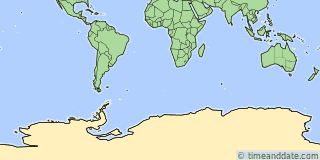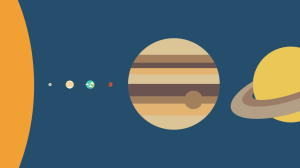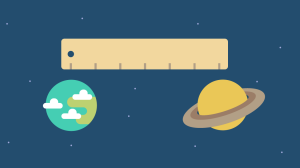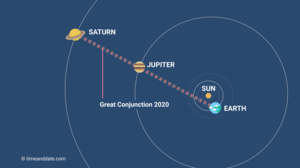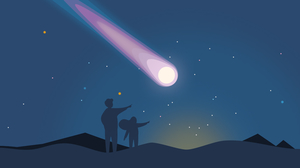All day
Visible night of Jun 2 – Jun 3, 2024
| Mercury: | ↓ Sun 3:03 pm | ↑ Mon 10:44 am |
|---|---|---|
| Mars: | ↓ Sun 3:13 pm | ↑ Mon 6:01 am |
| Jupiter: | ↓ Sun 2:50 pm | ↑ Mon 11:11 am |
| Saturn: | ↓ Sun 3:34 pm | ↑ Mon 1:12 am |
| Uranus: | ↓ Sun 2:47 pm | ↑ Mon 10:11 am |
| Neptune: | ↓ Sun 3:22 pm | ↑ Mon 2:42 am |
Shortest Lunar Month 2024
On average, it takes the Moon 29.53 days to cycle through all its phases. However, the lunar month starting at Third Quarter Moon on May 30 will last 29.19 days—around 8 hours and 10 minutes faster than average. Read the full story.
Our Interactive Night Sky Map simulates the sky above Davis. The Moon and planets have been enlarged slightly for clarity. On mobile devices, tap to steer the map by pointing your device at the sky. Need some help?
Tonight's Sky in Davis, Jun 2 – Jun 3, 2024 (6 planets visible)
Mercury rise and set in Davis
Up some of the night.
Mercury is visible more than 4 hours during the polar night.
Sun, Jun 2 ↓3:03 pm
Mon, Jun 3 ↑10:44 am
Time:
Altitude: °
Direction: °
Mars rise and set in Davis
Up some of the night.
Mars is visible more than 9 hours during the polar night.
Sun, Jun 2 ↓3:13 pm
Mon, Jun 3 ↑6:01 am
Time:
Altitude: °
Direction: °
Jupiter rise and set in Davis
Up some of the night.
Jupiter is visible more than 3 hours during the polar night.
Sun, Jun 2 ↓2:50 pm
Mon, Jun 3 ↑11:11 am
Time:
Altitude: °
Direction: °
Saturn rise and set in Davis
Up some of the night.
Saturn is visible more than 14 hours during the polar night.
Sun, Jun 2 ↓3:34 pm
Mon, Jun 3 ↑1:12 am
Time:
Altitude: °
Direction: °
Uranus rise and set in Davis
Up some of the night.
Uranus is visible more than 4 hours during the polar night. It is very close to the horizon, making it fainter because the light has to cover a larger distance when traveling through the Earth's atmosphere. Make sure to get an unobstructed view with as little light pollution as possible.
Sun, Jun 2 ↓2:47 pm
Mon, Jun 3 ↑10:11 am
Time:
Altitude: °
Direction: °
Neptune rise and set in Davis
Up some of the night. Use binoculars.
Neptune is visible more than 12 hours during the polar night. Very faint, use binoculars.
Sun, Jun 2 ↓3:22 pm
Mon, Jun 3 ↑2:42 am
Time:
Altitude: °
Direction: °
Planets Visible in Davis
| Planetrise/Planetset, Mon, Jun 3, 2024 | ||||
|---|---|---|---|---|
| Planet | Rise | Set | Meridian | Comment |
| Mercury | Sun 10:27 am | Sun 3:03 pm | Sun 12:47 pm | Good visibility |
| Venus | Down all day | Sun 1:43 pm | Down all night, not visible | |
| Mars | Sun 5:59 am | Sun 3:13 pm | Sun 10:37 am | Fairly good visibility |
| Jupiter | Sun 11:13 am | Sun 2:50 pm | Sun 1:02 pm | Great visibility |
| Saturn | Sun 1:16 am | Sun 3:34 pm | Sun 8:25 am | Fairly good visibility |
| Uranus | Sun 10:15 am | Sun 2:47 pm | Sun 12:31 pm | Very difficult to see |
| Neptune | Sun 2:46 am | Sun 3:22 pm | Sun 9:04 am | Difficult to see |
